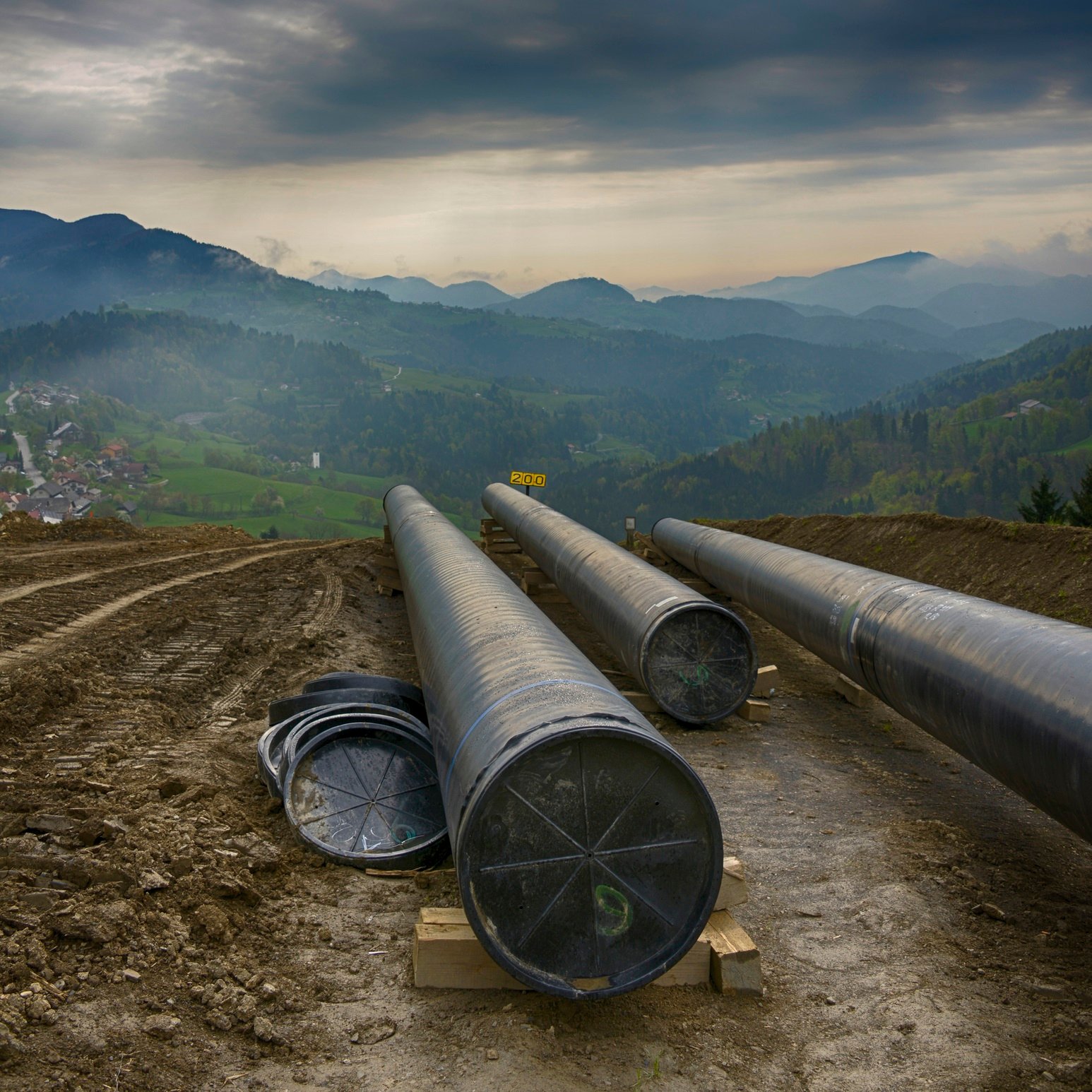Energy
Are Natural Gas Pipelines to Mexico at Risk From Trump Presidency?

Published:
Last Updated:

U.S. natural gas producers discovered Mexico two years when the country lifted decades-old restrictions on private investment in the country’s energy business. U.S. companies working in every aspect of the energy business began making plans to enter the Mexican energy business.
That includes pipeline companies like Kinder Morgan Inc. (NYSE: KMI), which already operates a pipeline transporting natural gas from Texas into Mexico, and master limited partnerships (MLPs) Energy Transfer Partners L.P. (NYSE: ETP) and TransCanada Corp. (NYSE: TRP), the company that has (so far) failed to get U.S. approval for its Keystone Pipeline expansion from Canada’s oil sands across the U.S. border.
There could be some changes made now that Donald Trump has been elected U.S. president. One of Trump’s main campaign promises was to revamp international trade agreements in such a way that they favored the United States. He promised to withdraw from the Trans-Pacific Partnership and, at least, to renegotiate the North American Free Trade Agreement (NAFTA).
Some proposed projects to transport natural gas from Texas to Mexico include pipelines built entirely in Texas, and some include pipelines built entirely in Mexico. Projects that have already met with some environmentalist pushback include Energy Transfer’s Trans-Pecos project in west Texas, which is expected to begin operation in the spring of 2017. Another Energy Transfer project, the Comanche Trail pipeline, is also being scrutinized.
Analysts at Morgan Stanley recently discussed the impact of a U.S. withdrawal from NAFTA on the natural gas pipeline business. Stefan Revielle, a natural gas strategist, said:
[I]f we do assume an end to NAFTA, then not only is today’s 3.5 [billion cubic feet per day] Bcf/d of US gas exports to Mexico (4% of 2016 total US demand) at risk but so is the incremental 3.2 Bcf/d we forecast to be added by 2020. This growth represents 23% of the total 13.5 Bcf/d of gas demand increases we forecast in the US through 2020, so this would be a big deal for future supply/demand balances and would challenge our near and medium term views for US gas prices.
Utilities analyst Stephen Byrd added:
The US power sector serves as a key balancing item for the North American natural gas market. In our base case, we assume natural gas exports to Mexico allow for less reliance on demand from the power sector over the next several years. This reduction in demand from the power sector is a key component of our gas pricing outlook, as it supports higher US prices. In the absence of export growth, gas prices would need to remain low enough to incentivize continued high consumption from the power sector via coal-to-gas switching. If none of the incremental 3.2 Bcf/day of gas exports to Mexico occurred, US gas prices would need to average ~$1.25 [per million BTUs] lower in order to keep the market balanced, all else equal.
Morgan Stanley’s midstream analyst Tom Abrams also weighed in:
Several domestic and Canadian firms have projects linking U.S. gas and LPG infrastructure to Mexican infrastructure at the border. Some of these projects and firms … may face some uncertainty in project timing until the NAFTA process unfolds, or just in general as U.S. / Mexican relations find a new normal. That said, however, there’s a real infrastructure demand for gas in Mexico, retaining markets for gas is likely a priority for the new administration, and there are contractual commitments between international parties that likely survive a NAFTA renegotiation if that is ever truly embarked upon. This last point is what a few of my covered companies currently believe regarding this nascent issue.
As noted here, the risks to withdrawing from NAFTA include a threat to the legal framework for exporting natural gas and oil to Mexico. That creates price uncertainty, and at a minimum, raises the cost of capital to build more export pipelines.
Want retirement to come a few years earlier than you’d planned? Or are you ready to retire now, but want an extra set of eyes on your finances?
Now you can speak with up to 3 financial experts in your area for FREE. By simply clicking here you can begin to match with financial professionals who can help you build your plan to retire early. And the best part? The first conversation with them is free.
Click here to match with up to 3 financial pros who would be excited to help you make financial decisions.
Thank you for reading! Have some feedback for us?
Contact the 24/7 Wall St. editorial team.